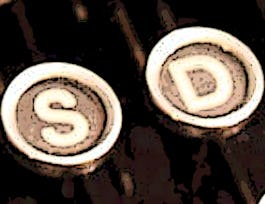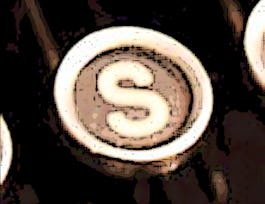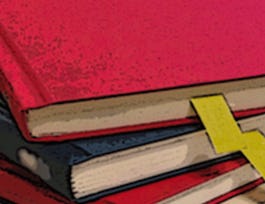In this course aspiring writers will be introduced to perhaps the most elemental and often the most challenging element of story: plot. We will learn what keeps it moving, how it manipulates our feelings, expectations, and desires. We will examine the choices storytellers make to snag our imaginations, drag them into a fictional world, and keep them there. We will learn how to outline and structure a plot, discuss narrative arc, pacing and reversals and reveal the inevitable surprise: connecting the beginning, middle and end.


Creative Writing: The Craft of Plot
This course is part of Creative Writing Specialization
Taught in English
Some content may not be translated

Instructor: Brando Skyhorse
299,530 already enrolled
Included with 
Course
(4,765 reviews)
96%
Skills you'll gain
Details to know

Add to your LinkedIn profile
Course
(4,765 reviews)
96%
See how employees at top companies are mastering in-demand skills

Build your subject-matter expertise
- Learn new concepts from industry experts
- Gain a foundational understanding of a subject or tool
- Develop job-relevant skills with hands-on projects
- Earn a shareable career certificate


Earn a career certificate
Add this credential to your LinkedIn profile, resume, or CV
Share it on social media and in your performance review

There are 4 modules in this course
In this module, we'll learn essentials about plot definitions and mechanics. What is plot? How does plot shape a narrative? What makes a strong plot? How is plot different from a story? We'll also discuss how plot works in actual books you're probably familiar with, such as the Harry Potter series, how character and action equals plot, and the five key questions you should ask yourself when creating a dynamic character.
What's included
4 videos2 readings1 peer review
In this module we're going to learn what story structure is and how by understanding structure you can learn how to sequence the events in your plot to help maximize your own storytelling abilities.We'll talk about Freytag's pyramid, the five act structure, how that structure can be found in works of classic literature, and have a conversation about how structure and outlines can help organize the stories you want to tell.
What's included
3 videos1 peer review
Scenes are the building blocks of storytelling. But what is a scene? And how does a scene move plot forward? In this module we'll learn about the difference between telling and showing, the five key elements each scene should have, offer some examples of effective scenes, and have a conversation about how setting and description can make a scene come alive.
What's included
3 videos1 peer review
This modules deals with the specifics of editing and revising your work. This process of revision starts with the first draft (which will now become your second draft) and continues until the manuscript’s ready to send to an agent. Included here are a twenty-one point checklist on what to do once you have a completed first draft, and conversations about creating characters with strong motivations, and how to define language that gets rewritten vs language that gets cut.
What's included
4 videos1 peer review
Instructor

Offered by
Recommended if you're interested in Music and Art

Wesleyan University

Wesleyan University

Wesleyan University

Wesleyan University
Why people choose Coursera for their career




Learner reviews
Showing 3 of 4765
4,765 reviews
- 5 stars
76.70%
- 4 stars
17.59%
- 3 stars
3.69%
- 2 stars
0.92%
- 1 star
1.09%

Open new doors with Coursera Plus
Unlimited access to 7,000+ world-class courses, hands-on projects, and job-ready certificate programs - all included in your subscription
Advance your career with an online degree
Earn a degree from world-class universities - 100% online
Join over 3,400 global companies that choose Coursera for Business
Upskill your employees to excel in the digital economy
Frequently asked questions
Access to lectures and assignments depends on your type of enrollment. If you take a course in audit mode, you will be able to see most course materials for free. To access graded assignments and to earn a Certificate, you will need to purchase the Certificate experience, during or after your audit. If you don't see the audit option:
The course may not offer an audit option. You can try a Free Trial instead, or apply for Financial Aid.
The course may offer 'Full Course, No Certificate' instead. This option lets you see all course materials, submit required assessments, and get a final grade. This also means that you will not be able to purchase a Certificate experience.
When you enroll in the course, you get access to all of the courses in the Specialization, and you earn a certificate when you complete the work. Your electronic Certificate will be added to your Accomplishments page - from there, you can print your Certificate or add it to your LinkedIn profile. If you only want to read and view the course content, you can audit the course for free.
If you subscribed, you get a 7-day free trial during which you can cancel at no penalty. After that, we don’t give refunds, but you can cancel your subscription at any time. See our full refund policy.

